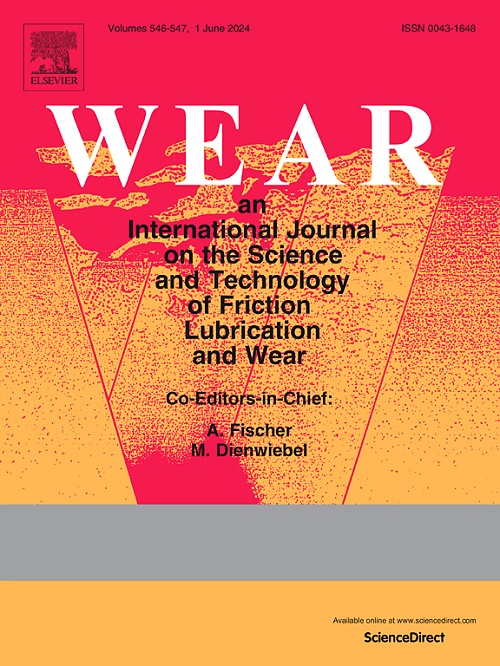Towards understanding the influencing mechanism of barrel finishing on tooth surface integrity and contact performance
IF 5.3
1区 工程技术
Q1 ENGINEERING, MECHANICAL
引用次数: 0
Abstract
Higher load-bearing capacity, fatigue performance, and efficiency place greater demands on the surface integrity of gears. Barrel finishing technology can comprehensively improve the surface integrity parameters such as surface microtopography, residual stress, and hardness gradient, and is widely used in the processing of high-performance components in the precision manufacturing field. In this study, the gear barrel finishing process was simulated using EDEM discrete element software to explore material removal amounts of tooth surface. Barrel finishing tests were conducted on spur gears under different process parameters to analyzes the evolution patterns of surface integrity parameters. A comprehensive analysis model for the contact surface of gear barrel finishing, incorporating solid, liquid, and thermal multi-physics field coupling was established. The lubrication characteristics of the polished surfaces obtained at various processing times were analyzed, including oil film pressure, thickness and temperature rise. The research indicates that increasing the gear rotational speed can enhance the finishing effect on the tooth surface. The choice of abrasive significantly impacts the barrel finishing effect at various positions on the tooth surface, with suitable abrasives improving the uniformity of the surface finishing. Barrel finishing reduces surface roughness and increases compressive residual stress and microhardness near the surface, effectively enhancing lubrication properties and contact fatigue performance. The effects of gear barrel finishing process were evaluated from multiple dimensions, including processing simulation, barrel finishing tests, and performance assessment. The proposed method can provide practical guidance and data support for improving the quality and efficiency of gear surface barrel finishing.

求助全文
约1分钟内获得全文
求助全文
来源期刊

Wear
工程技术-材料科学:综合
CiteScore
8.80
自引率
8.00%
发文量
280
审稿时长
47 days
期刊介绍:
Wear journal is dedicated to the advancement of basic and applied knowledge concerning the nature of wear of materials. Broadly, topics of interest range from development of fundamental understanding of the mechanisms of wear to innovative solutions to practical engineering problems. Authors of experimental studies are expected to comment on the repeatability of the data, and whenever possible, conduct multiple measurements under similar testing conditions. Further, Wear embraces the highest standards of professional ethics, and the detection of matching content, either in written or graphical form, from other publications by the current authors or by others, may result in rejection.
 求助内容:
求助内容: 应助结果提醒方式:
应助结果提醒方式:


